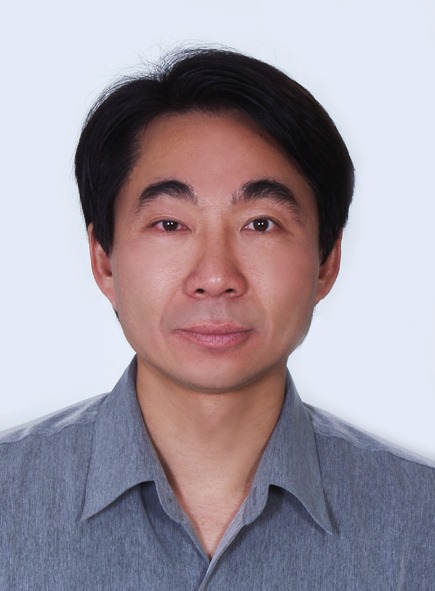Developments and Applications of Brain-Imitated Artificial Neural Networks

Chih-Min Lin
IEEE Fellow
Vice President, Yuan Ze University, Taiwan
Abstract:
Based on biological prototype of human brain and improved understanding of the functionality of the neurons and the pattern of their interconnections in the brain, a theoretical model used to explain the information-processing characteristics of the cerebellum was developed independently by Marr (1969) and Albus (1971). Cerebellar model neural network (CMNN) or called as cerebellar model articulation controller (CMAC) was first proposed by Albus in 1974. CMNN is a learning structure that imitates the organization and functionality of the cerebellum of the human brain. That model revealed the structure and functionality of the various cells and fibers in the cerebellum. The core of CMNN is an associative memory which has the ability to approach complex nonlinear functions. CMNN takes advantage of the input-redundancy by using distributed storage and can learn nonlinear functions extremely quickly due to the on-line adjustment of its system parameters. CMNN is classified as a non-fully connected perceptron-like associative memory network with overlapping receptive-fields. It has good generalization capability and fast learning property and is suitable for a lot of applications. This speech will introduce several new fuzzy CMNN-based adaptive learning systems; these systems combine the advantages of fuzzy inference system, CMNN identification, adaptive learning, control technique, signal processing and image classification. In these systems, the on-line parameter training methodologies, using the Lyapunov theorem, are proposed to guarantee the stability and convergence of these systems. Moreover, the applications of these systems in control systems, signal processing adaptive filter, breast nodules computer-aided diagnosis, and company bankrupt and stock prediction are demonstrated.
Brief Biography:
Chih-Min Lin is currently a Chair Professor and the Vice President of Yuan Ze University. He also serves as an Associate Editor of IEEE Trans. on Cybernetics and IEEE Trans. on Fuzzy Systems. He has been the Chair of IEEE Computational Intelligence Society Taipei Chapter, the Chair of IEEE Systems, Man, and Cybernetics Society Taipei Chapter, a Board of Governor of IEEE Taipei Session, and a Board of Governor of IEEE Systems, Man, and Cybernetics Society. He has been awarded as the Distinguished Research Professor three times from National Science Council and Ministry of Science and Technology in Taiwan, the Distinguished Engineering Professor from China Engineering Society in Taiwan, and the Distinguished Electrical Engineering Professor from Chinese Electrical Engineering Society in Taiwan. He has been invited to give more than 10 keynote speeches in the international conferences. His research interests include artificial intelligence, cerebellar model neural network, fuzzy system, and applications of intelligent systems. He is an IEEE Fellow and IET Fellow. Till now he has published more than 200 international journal papers and 140 conference papers.